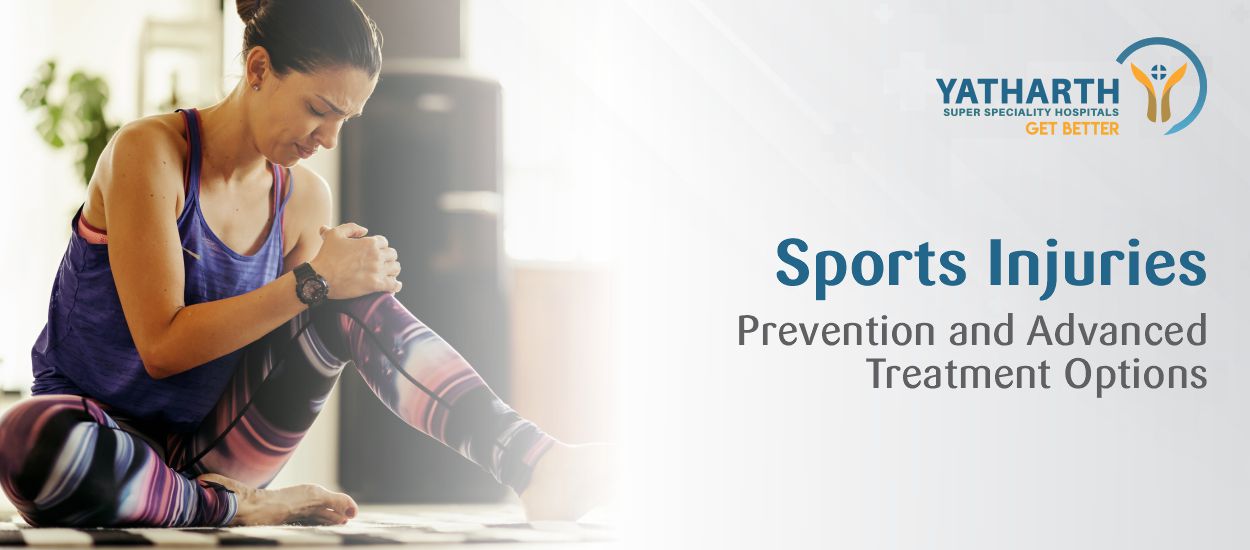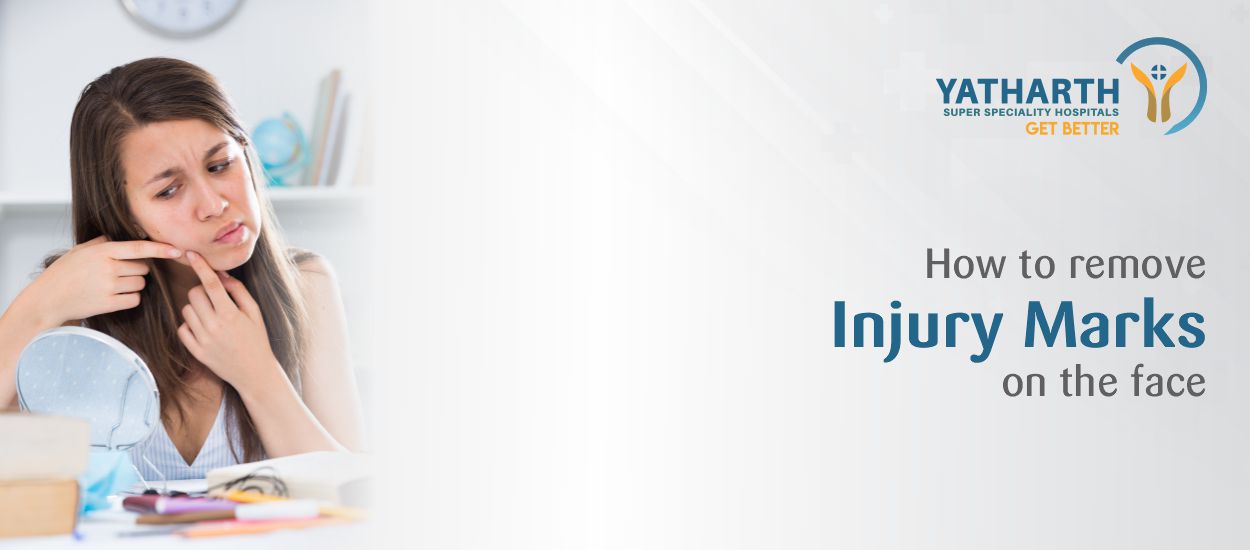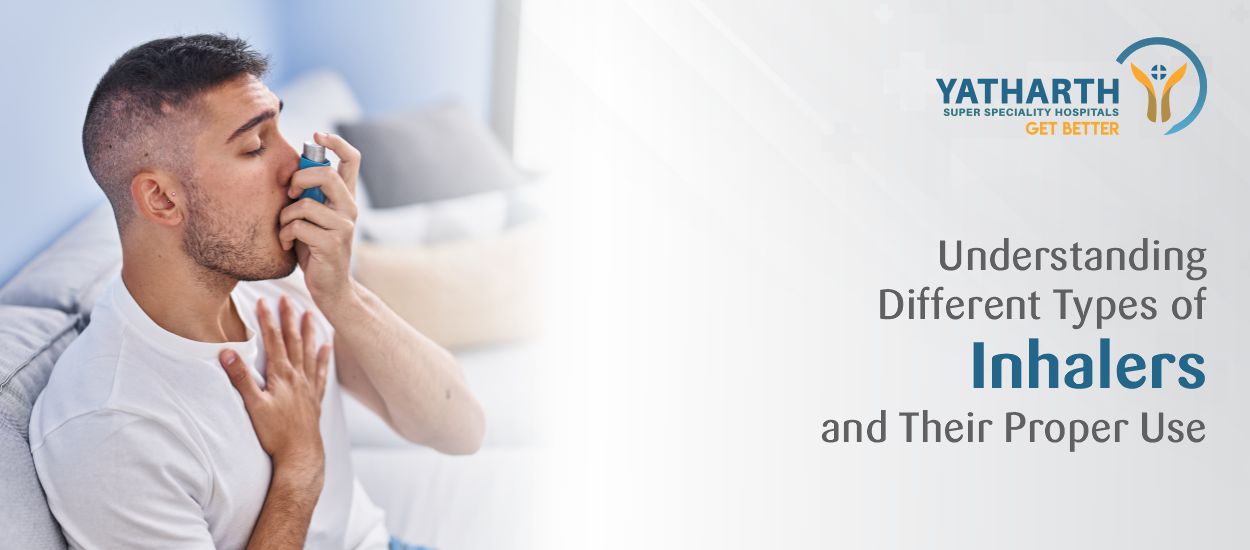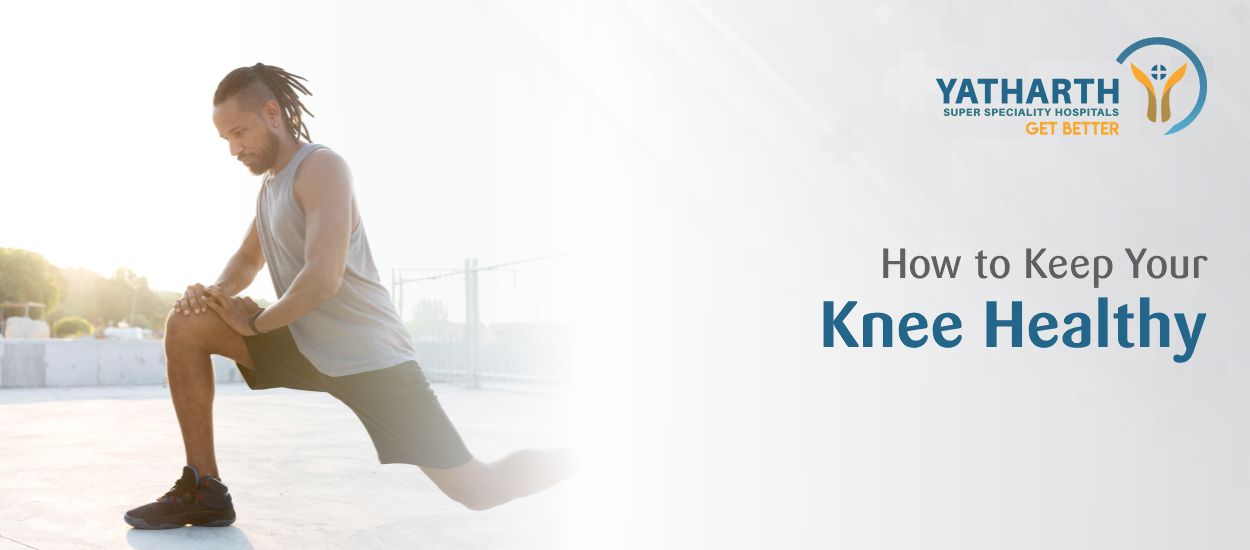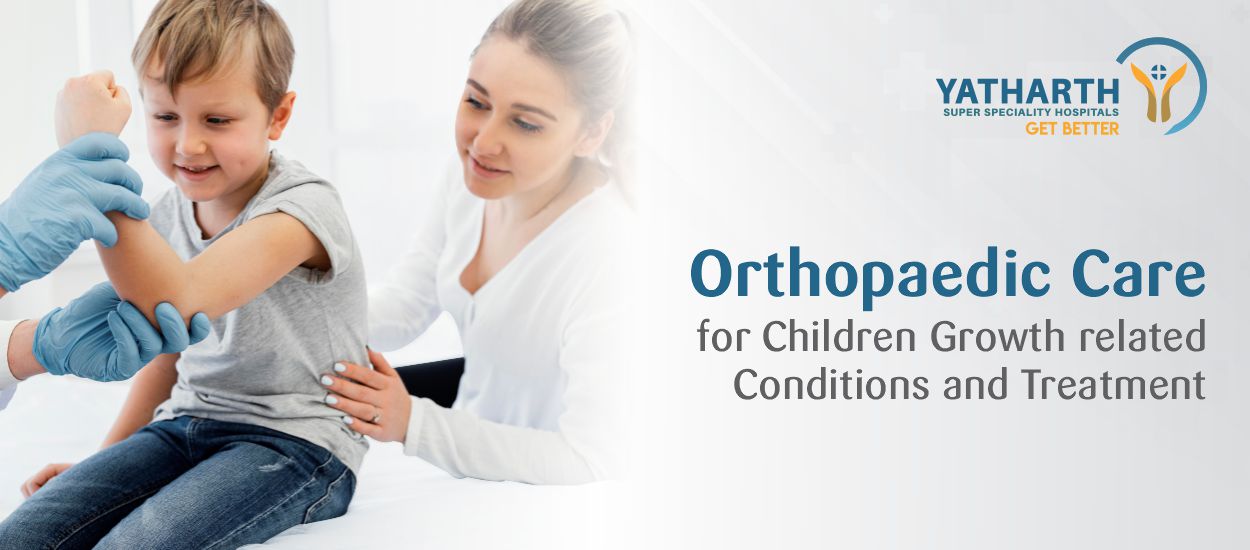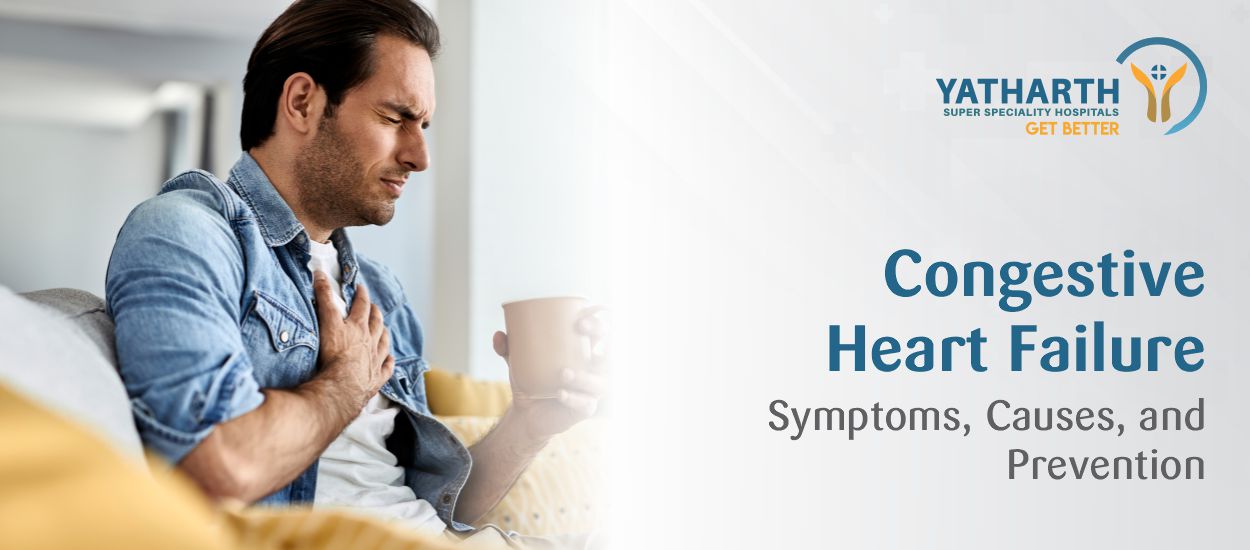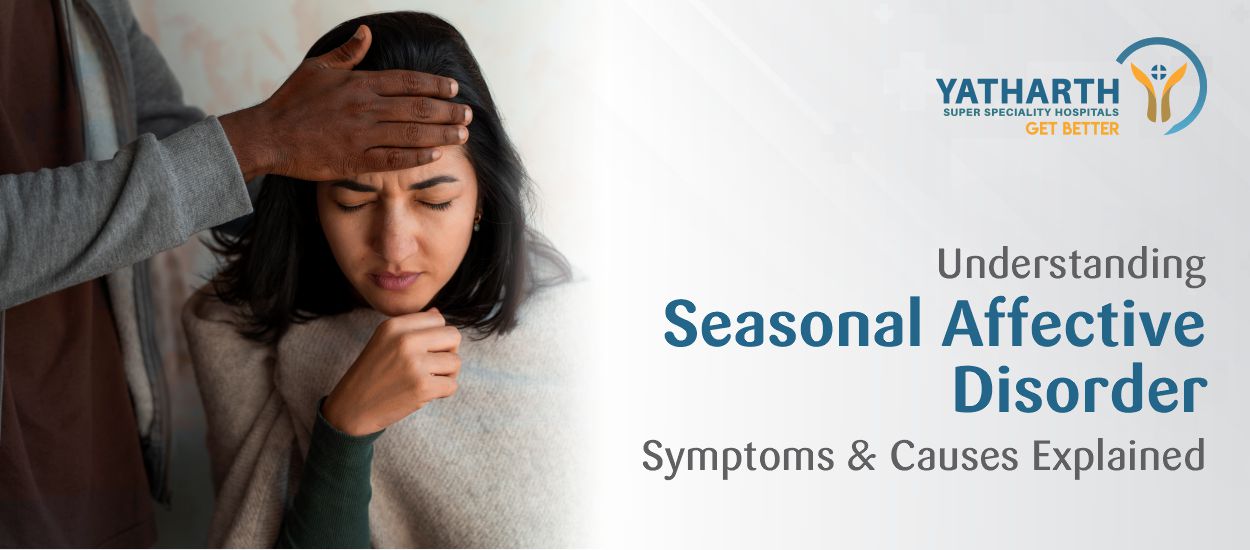An Overview
Sports and other forms of exercise are excellent for the body and mind. However, you must take proper precautions before playing or exercising to prevent injuries. The quality of modern protective gear such as padding, helmets, mouth guards, shoes, etc. has helped in improving the safety of sports players. Yet, you could still be susceptible to some sports injury.
Muscle, bone or soft tissues are most prone to injuries during sports activities. Sprains and strains are common injuries that usually heal within weeks while fractures could take months. Long-lasting conditions like tendinitis may require more time to heal. Other common injuries may include knee or joint injuries, muscle injuries, dislocations, hairline fractures, Achilles tendon injuries, pain along the shin bone, etc.
Common causes of injuries include falls, accidents, overtraining and participation in contact sports. While many injuries may heal at home with due care, a proper rehabilitation plan is essential to speed up recovery. Sports injuries could happen suddenly or develop gradually over time. Acute sports injuries occur when sudden, excessive force is used. Conversely, repetitive strain injuries develop if a specific body part is repeatedly overused. If it does not heal well, an injury may become chronic.
Common Types of Injuries
Some common sports injuries could include:
• Bone fractures: A bone could crack or break when sudden force is applied through a fall, sudden twist or collision. A stress fracture could take place if a bone is subjected to chronic stress.
• Bursitis: This represents a repetitive strain injury affecting your bursae – soft tissues providing padding and shock absorption between the bones and other tissues.
• Concussions: A brain injury, concussion occurs when a person’s head is hit hard and the brain bounces inside the skull. Contact sports could typically cause concussion injuries.
• Contusions: These are bruises that emerge from bleeding under the skin. Ordinary bruises represent superficial injuries only. But a muscle or bone contusion can be a serious injury.
• Joint dislocation: It happens when a bone end is forced out of its usual position within a joint. If the shoulder comes out of its socket, it is a dislocation.
• Muscle strains: This happens when a muscle is overextended, stretching it too far and leading to a tear. While most muscle strains may be mild, a severe one could have a large tear.
• Sprains: This occurs when a ligament stretched too far tears. Ligaments are tough bands of tissue connecting bones and stabilising joints. Ligament injuries may be mild or severe.
• Tendinitis: This is a form of repetitive strain injury affecting a tendon – connective tissues connecting muscles to bones. Tendinitis happens due to repetitive motions over some time.
Body Areas More Prone to Injuries
When participating in sports, some areas of the body are more prone to stress and injuries. As sports or other physical activities depend on moving joints, the joints and supporting tissues are injured more often. Some of them include:
• Ankle joint: The ankle has three joints, plus other bones, ligaments, tendons and muscles. Ankle sprains and fractures are some common ankle injuries.
• Achilles tendon: This is the thick cord connecting the calf muscles to the heel bone. Any strain on this tendon could cause an Achilles tendon rupture or Achilles tendinitis.
• Elbow joint: Repetitive movements in sports make the elbow joint prone to injuries from overuse. Two prominent examples are tennis elbow and golfer’s elbow. One could also develop elbow bursitis.
• Knee joint: The knee joint contains several ligaments that can be sprained. Some examples are ACL tears and PCL tears. Runner’s knee and jumper’s knee are other common knee injuries.
• Shoulder joint: Injuries to the rotator cuff in the shoulder, such as tears and tendinitis, are occasionally called swimmer’s shoulder. Fractures and dislocation are other shoulder injuries.
• Head: As per one estimate, head injuries constitute less than 20% of sports injuries. Most head injuries (like nosebleeds and tooth loss) are minor. But they may also include concussions, which can be serious.
• Leg muscles: Muscle strains in the leg, which include groin pulls and hamstring injuries, are common. A common runner’s injury is a shin splint, involving the soft tissues around the shin bone.
Some Risk Factors
Generally, most sports injuries may be accidents that are often random. Nevertheless, a few common elements could raise the risk of a sports injury such as:
• Failure to wear proper gear or the right safety equipment.
• Inadequate warm-up or not stretching thoroughly before any activity.
• Starting or performing at a higher intensity level than what your body is used to.
• Playing an aggressive contact sport such as boxing.
Managing and Treating Sports Injuries
When a sports injury just occurs, the RICE (Rest, Ice, Compression and Elevation) method can be used for fast relief. This could be done right on the field or playground till medical help is available. It could assist in reducing pain and swelling during the injury’s acute phase. Later, proper medical treatment is required.
As noted earlier, though many of these injuries could heal at home, consulting an orthopaedic doctor is advisable for a proper treatment plan. Nonetheless, any serious sports injury will need specialised medical care such as:
• Pain relief: Depending on its severity, pain medication may be needed.
• Closed reduction: An orthopaedist may be required to move a joint back into place.
• Surgery: An operation may be required to repair a tear, fracture or other serious injury.
• A cast or splint: The injured sportsperson may need to wear a cast/splint to keep tissues in place.
After a specific rest period, strength and flexibility will need to be restored to the injured part, termed the rehabilitation phase. The doctor will advise the sportsperson on when and how to begin movement of the injured area again. A physiotherapist may be consulted to devise a customised exercise plan as this could be beneficial in restoring proper movement faster.
Preventing Injuries
Though all injuries cannot be prevented, some practical steps can be undertaken to curb the risks such as:
• Obtaining proper training: When beginning any new activity, you must ensure adherence to proper and safe techniques.
• Donning gear: Using proper protective gear and equipment is indispensable to avoid injuries.
• Always warming up and cooling down: Warm up and stretching before any activity is essential. The level of intensity must then be increased gradually. Finally, slowly reduce the intensity level to cool down.
• Staying hydrated: Drink water periodically to avoid dehydration, heat exhaustion and heatstroke.
• Following a fitness routine: A regular fitness regimen helps in conditioning your body for various sports.
• Being within limits: Always listen to your body and never push it too far. Also, allow it time to recover.
It’s important to remember that although sports injuries may be common, most will be minor and heal quickly. By following proper training and good technique, you will be better placed to prevent injuries.
